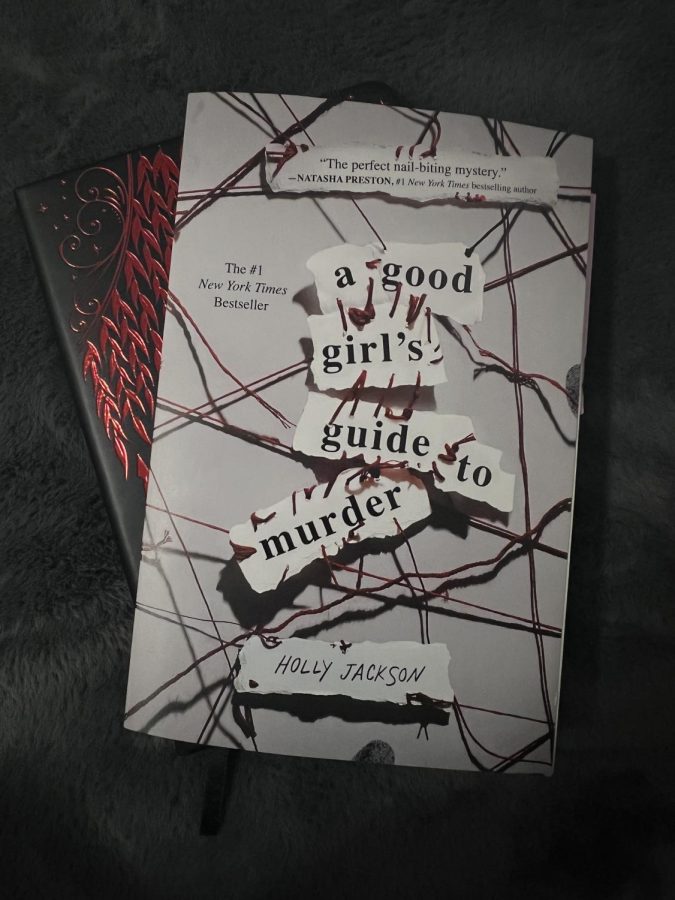
Editor’s Note: This story contains spoilers for “The Night Watchman” by Louise Erdrich.
The year is 1953 and the United States government introduced House Resolution No. 108 which would terminate federal recognition of Indigenous tribes. The goal of the bill was to assimilate Indigenous people, but to Thomas Wazhashk, a tribal council member of the Turtle Mountain Reservation in North Dakota, the bill is nothing more than the latest attempt at extermination.
Thomas rallies against the new bill and works as a night watchman at a jewel-bearing plant while his niece Patrice “Pixie” Paranteau plans to embark on a trip to find her sister, Vera. Vera, allegedly pregnant, has not been heard from in months since she and her husband moved to Minneapolis.
Patrice is already supporting her mom and brother, with her meager income from the jewel-bearing plant. She must save every penny from the grasps of her alcoholic father if she ever wants to find her sister. As Thomas amasses an army of support for stopping the bill, Patrice encounters the dangers of being an Indigenous woman in America, with exploitation and violence around every corner.
Rating and Review
Growing up in Wisconsin, I’ve never felt that the education of Indigenous people in regards to their history, culture and the attempts of extermination was thorough. So I took matters into my own hands.
“The Night Watchman” by Louise Erdrich was my first attempt at this deep dive. The novel describes life on a reservation and the continual underinvestment into its community. Erdrich elegantly describes the job at the jewel factory, workers must be quiet for nine hours a day with only a short lunch at noon. The workers work hunched over, straining their backs. The pay is horrible, and Patrice’s living conditions reflect this — a laundry clothesline separates her room from the rest of the house, the windows are poorly insulated, and it’s a one bedroom home filled with three people.
Erdrich also paints a horrific picture of exploitation. When Patrice goes to Minneapolis, she is abducted and forced to work as Babe the Blue Ox, the companion of Paul Bunyan, at a local dive bar. The suit is inferred to be lined with toxic paint (possibly lead), which has lead previous employees to either quit or die. Patrice almost dies too, before escaping her small room.
More broadly, Erdrich seeks to display the actuality of being an Indigenous person in America today. All the characters in this book aren’t heroes — they’re average people, trying to make the best of their circumstances. Thomas Wazhashk, for example, was never a crusader against extermination until the bill was introduced. He simply wanted to live a normal life. The same goes for Patrice. Patrice values her family, she stays at the plant to support her family, and takes the trip to Minneapolis (a place she’s never visited) to find her sister. She isn’t the next Odysseus the’s simply doing what is necessary.
As much as I loved the characters, I felt myself dragging to finish this novel. The plot wasn’t as fast paced as I would have liked, especially in the beginning, when it was just setting the scene. This is deeply important to the story though, as it shows the subhuman conditions that Indigenous people often live in. I thought the climax of the novel would be Patrice finding Vera, but it was just a couple chapters in the middle of the novel, leaving the rest of the story to Thomas. And while I might be biased as a political science major, the most exciting part of the book was when Thomas, Patrice, Millie and other members testified before Congress. I could feel the adrenaline move through my body, aching to find out the result of the hearing.
This book was as dry as the Griswold’s Christmas turkey. I really thought the plot would be more charged, but it was really just about life on the reservation. Even the subplot of Patrice going to find Vera was wrapped up by the middle of the book and the delegates testifying before Congress occurred in the last fifty pages or so. That being said, this book was an interesting read about the U.S. government’s termination policy in the 1950s, and a look into life on a native reservation.
I give “The Night Watchman” by Louise Erdrich three out of five stars.
This story was written by Alex Wagner. He can be reached at alex.wagner@marquette.edu.





